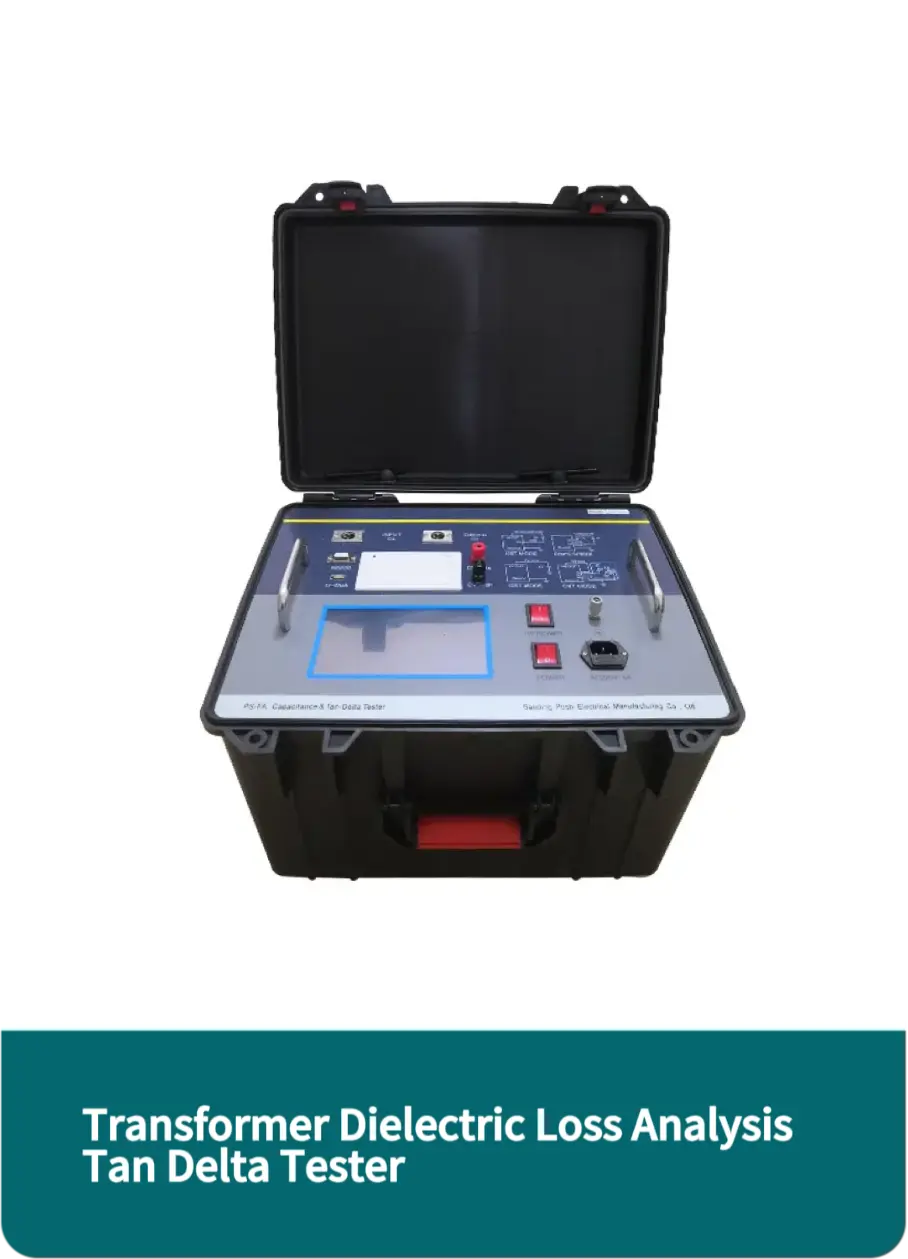 English
English


Advancements in Gas Chromatography Techniques for Efficient Process Analysis and Optimization
Process Gas Chromatography An Overview
Gas chromatography (GC) is an essential analytical technique widely used for the separation and analysis of volatile compounds in various industries, including environmental monitoring, food and beverage quality control, pharmaceuticals, and petrochemical processing. Among the different forms of gas chromatography, process gas chromatography plays a vital role in continuous monitoring of gas compositions in industrial processes, ensuring quality control, safety, and regulatory compliance.
Principles of Gas Chromatography
At its core, gas chromatography involves the separation of gaseous samples into their individual components based on their interaction with a stationary phase while traveling through a mobile phase, which is an inert carrier gas (such as helium or nitrogen). The sample is injected into the chromatograph where it vaporizes and mixes with the carrier gas. The mixture then enters a column packed with the stationary phase. Components of the sample interact differently with the stationary phase, resulting in varying retention times and allowing for the separation of individual substances.
As components exit the column, they are detected by a detector, typically a thermal conductivity detector (TCD) or a flame ionization detector (FID), which converts the concentration of each component into an electrical signal. The output is presented as a chromatogram, a visual representation that indicates the time at which each component elutes from the column, allowing for identification and quantification.
Importance of Process Gas Chromatography
Process gas chromatography systems are particularly important in maintaining the integrity of industrial processes where gaseous mixtures are involved. One of the primary applications of GC in industrial settings is in the petrochemical industry, where it is used to monitor the composition of natural gas, assess purities of produced gases, and optimize reaction conditions in chemical manufacturing. The accuracy and reliability of GC help in avoiding product losses and minimizing waste, contributing to more efficient operations.
In addition, process gas chromatography is crucial for environmental monitoring. It can detect trace levels of pollutants and greenhouse gases in emissions, aiding compliance with environmental regulations. By providing real-time data on gas composition, it enables industries to implement timely adjustments to minimize environmental impact.
process gas chromatography

Technological Advancements
Recent advancements in gas chromatography have significantly improved its capabilities. The development of micro-GC, which employs smaller columns and lower sample volumes, allows for faster analysis times without compromising resolution. Additionally, advancements in detector technology and data analysis software enhance the sensitivity and selectivity of process gas chromatography systems.
Moreover, the integration of GC with other analytical techniques, such as mass spectrometry (GC-MS), further enriches analytical capabilities, providing not only the identification of chemical species but also aiding in structural elucidation and quantification.
Challenges and Future Trends
Despite its advantages, there are challenges associated with process gas chromatography. Maintenance and calibration of instruments are critical to ensure accurate results, and skilled personnel are required to interpret the data effectively. Furthermore, sample complexity and matrix effects can complicate analyses.
Looking ahead, the future of process gas chromatography will likely involve greater automation and the increasing use of artificial intelligence in data interpretation. These advancements could lead to more efficient workflows and enhanced decision-making capabilities in industrial processes. As industries continue to prioritize sustainability and regulatory compliance, process gas chromatography will remain a cornerstone technology, ensuring that gas composition is meticulously monitored and controlled.
In conclusion, process gas chromatography is an invaluable analytical tool, providing critical insights into gas compositions across various industries, thereby playing a fundamental role in quality assurance, safety, and environmental protection.
-
Differences between open cup flash point tester and closed cup flash point testerNewsOct.31,2024
-
The Reliable Load Tap ChangerNewsOct.23,2024
-
The Essential Guide to Hipot TestersNewsOct.23,2024
-
The Digital Insulation TesterNewsOct.23,2024
-
The Best Earth Loop Impedance Tester for SaleNewsOct.23,2024
-
Tan Delta Tester--The Essential Tool for Electrical Insulation TestingNewsOct.23,2024





